Results
-
£40.00
Elemental - Harper, P
The opening number in Cory Band's 2015 'Four Elements' themed Brass in Concert programme, this piece sets out a mysterious introduction transporting us back to the time of the Greek Philosophers, after which it presents short musical depictions of Fire, Air, Water and Earth. Designed to start your concert with a bang.Championship SectionDuration 4 minsListen to Cory BandCourtesy of World of Brass
In Stock: Estimated dispatch 1-3 working days
-
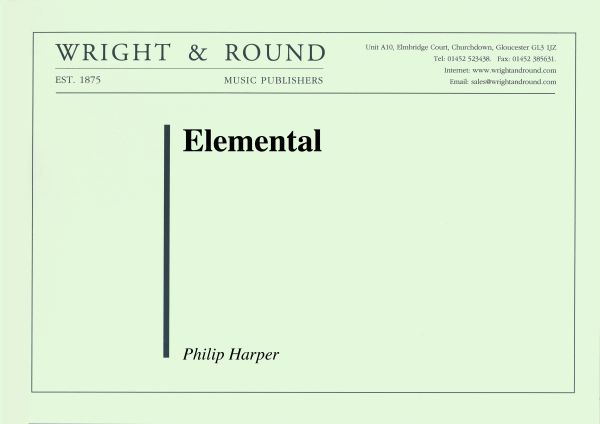 £40.00
£40.00Elemental (Score and Parts)
The opening number in Cory Band's 2015 'Four Elements' themed Brass in Concert programme, this piece sets out a mysterious introduction transporting us back to the time of the Greek Philosophers, after which it presents short musical depictions of Fire, Air, Water and Earth. Designed to start your concert with a bang.
Estimated dispatch 7-14 working days
-
 £41.20
£41.20 -
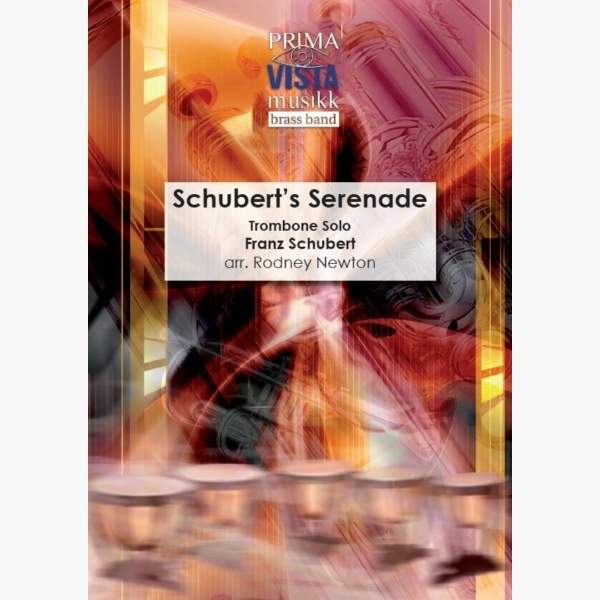 £24.95
£24.95Schubert's Serenade - Franz Schubert - Rodney Newton
Franz Schubert (1797-1828) was a highly prolific writer of songs, having composed around 144 of them at the time of his death. Indeed, it is said that he even wrote one of them on the tablecloth at a Viennese restaurant...
Estimated dispatch 5-7 working days
-
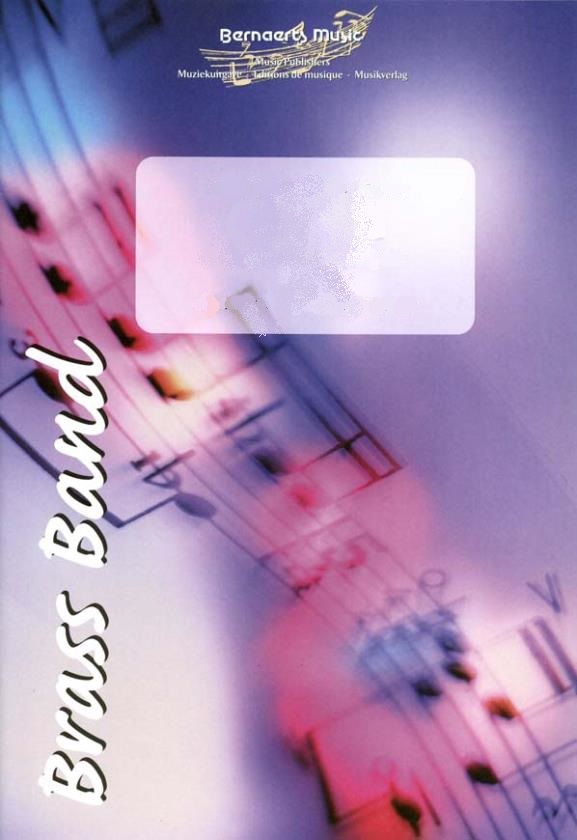 £62.99
£62.99The Most Wonderful Time Of The Year - Edward Pola & George Wyle - Darrol Barry
Estimated dispatch 7-14 working days
-
£35.00
THE LONGEST TIME ??"Billy Joel arr. Tom Davoren
Estimated dispatch 7-14 working days
-
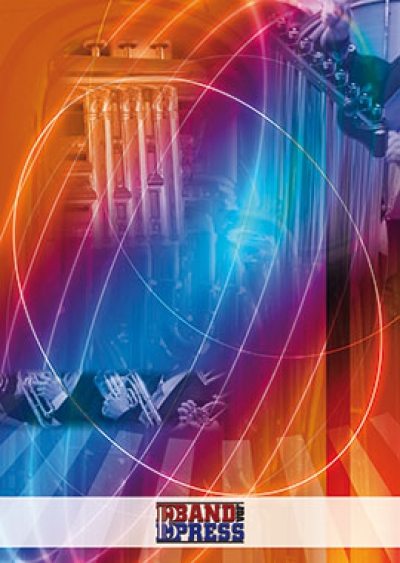 £79.00
£79.00A love until the end of time - Holdridge Lee - Hillary Nick
Estimated dispatch 7-14 working days
-
 £58.00
£58.00 -
 £61.99
£61.99If I Could Turn Back The Hands Of Time - R. Kelly - Frank Bernaerts
Estimated dispatch 7-14 working days
-
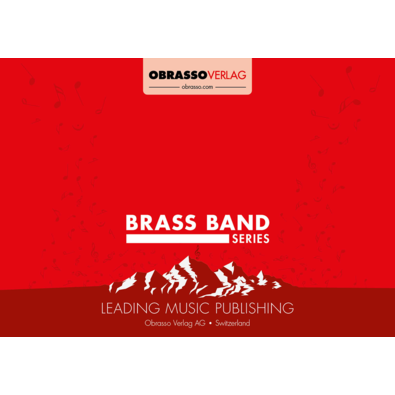 £56.00
£56.00A Love Until The End Of Time - Lee Holdridge - Alan Fernie
Estimated dispatch 7-14 working days
